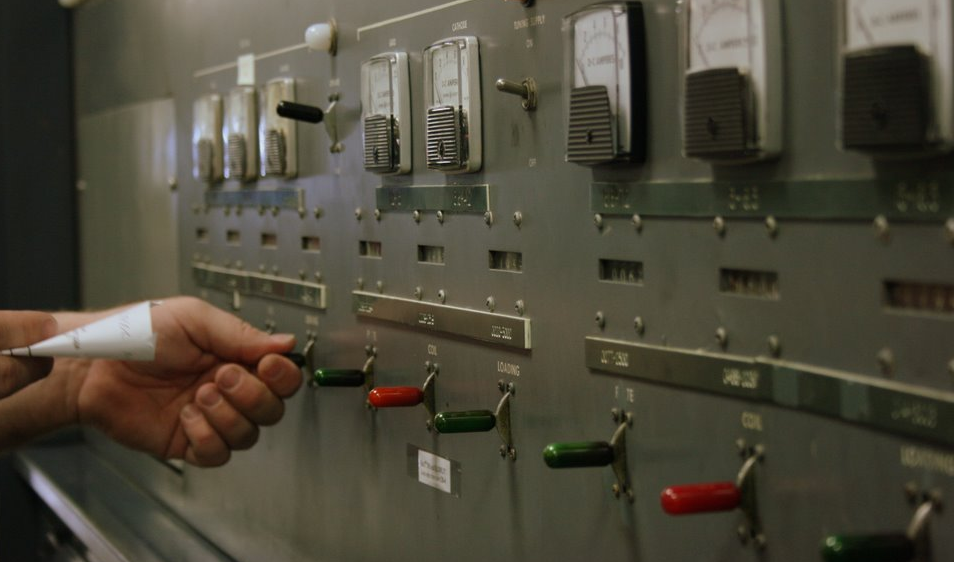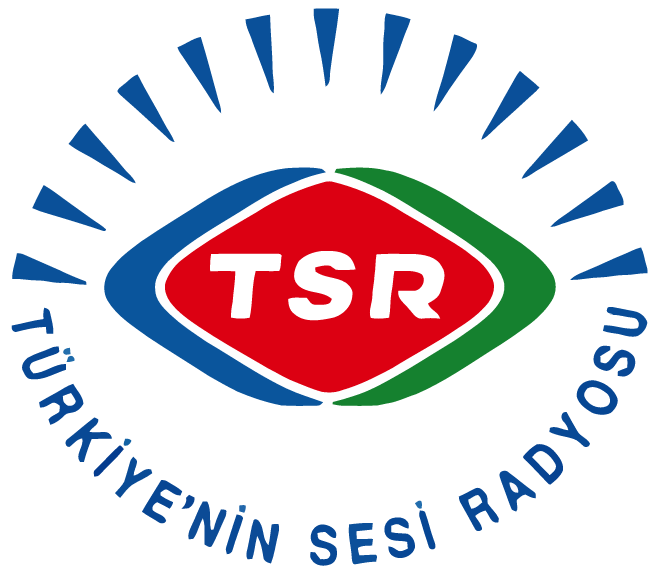Rádio Nacional da Amazônia: May 12, 2016 from TwenteSDR in the Netherlands
/Wideband online SDR receiver at the University of Twente, Enschede, The Netherlands
Following Thomas Witherspoon's excellent recording of the special presidential impeachment coverage on Rádio Nacional da Amazônia, below is another recording of the same transmission as heard via the TwenteSDR online shortwave receiver located in Enschede, The Netherlands. The receiver was tuned to 6180 kHz at 0047 UTC on May 12, 2016. Propagation from the western hemisphere was weak, with heavy static crashes at the start of the recording that subsided towards the middle part. There are several seconds of co-channel QRM from Vatican Radio on 6185 kHz, 1 hour and 22 minutes into the recording, before the passband filter was adjusted to exclude it. A narrow audio filter was used to reduce the risk of subsequent interference from adjacent stations, as the recording was left unattended most of the time. The recording ends when the propagation path becomes completely broken (shortly before 0600 UTC).
P.S. Although I normally only upload recordings I make with my own equipment and the intelligibility of the above capture leaves a lot to be desired at times, I decided to upload it because of the historical significance of this event (combined with RNA's recent return on 6180 kHz after being out of service on that frequency for more than one year, enabling stable reception in Europe in the early hours of the morning).






















